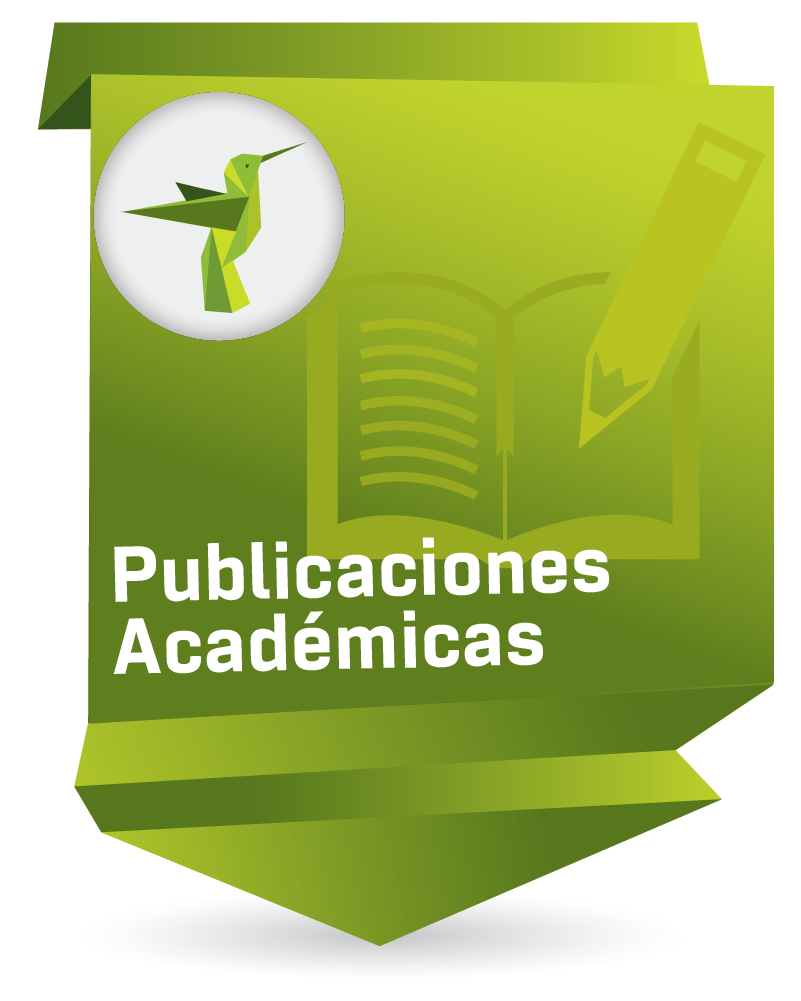Less is more
Menos es más

Item Links
URI: http://hdl.handle.net/10818/50858Visitar enlace: https://laclil.unisabana.edu.c ...
ISSN: 2011-6721
DOI: 10.5294/laclil.2021.14.1.1
Compartir
Statistics
View Usage StatisticsBibliographic cataloging
Show full item recordAuthor
Wentzel, ArnoldDate
2021Abstract
Pedagogical practices that are effective in content courses are often effective in CLIL courses too, yet one such practice – content compression – is generally neglected. Content compression is the purposeful reduction of the content to be taught; however, the CLIL literature often warns against the reduction and simplification of content for fear that it might harm students’ understanding of the subject content. This paper explains the ostensibly paradoxical result that content compression improves students’ understanding of content and shows why it is well suited to CLIL, if applied correctly. It presents content compression principles and techniques that are appropriate to content production and teaching practice in the CLIL classroom and shows how it was used to enhance language acquisition by students in a CLIL business course at a Colombian university over a period of three semesters. This experience suggested that content compression, in combination with other pedagogical practices, not only increased students’ linguistic confidence, but also enhanced their perceived learning in both content and language.
Ubication
LACLIL, 14(1), 9–40
















